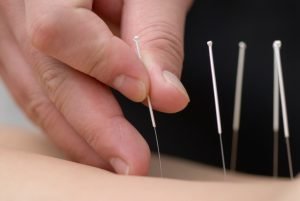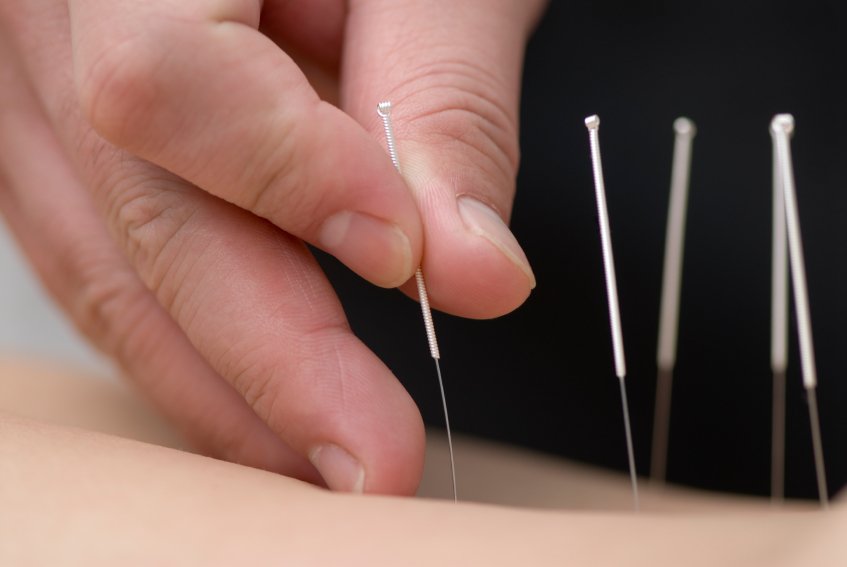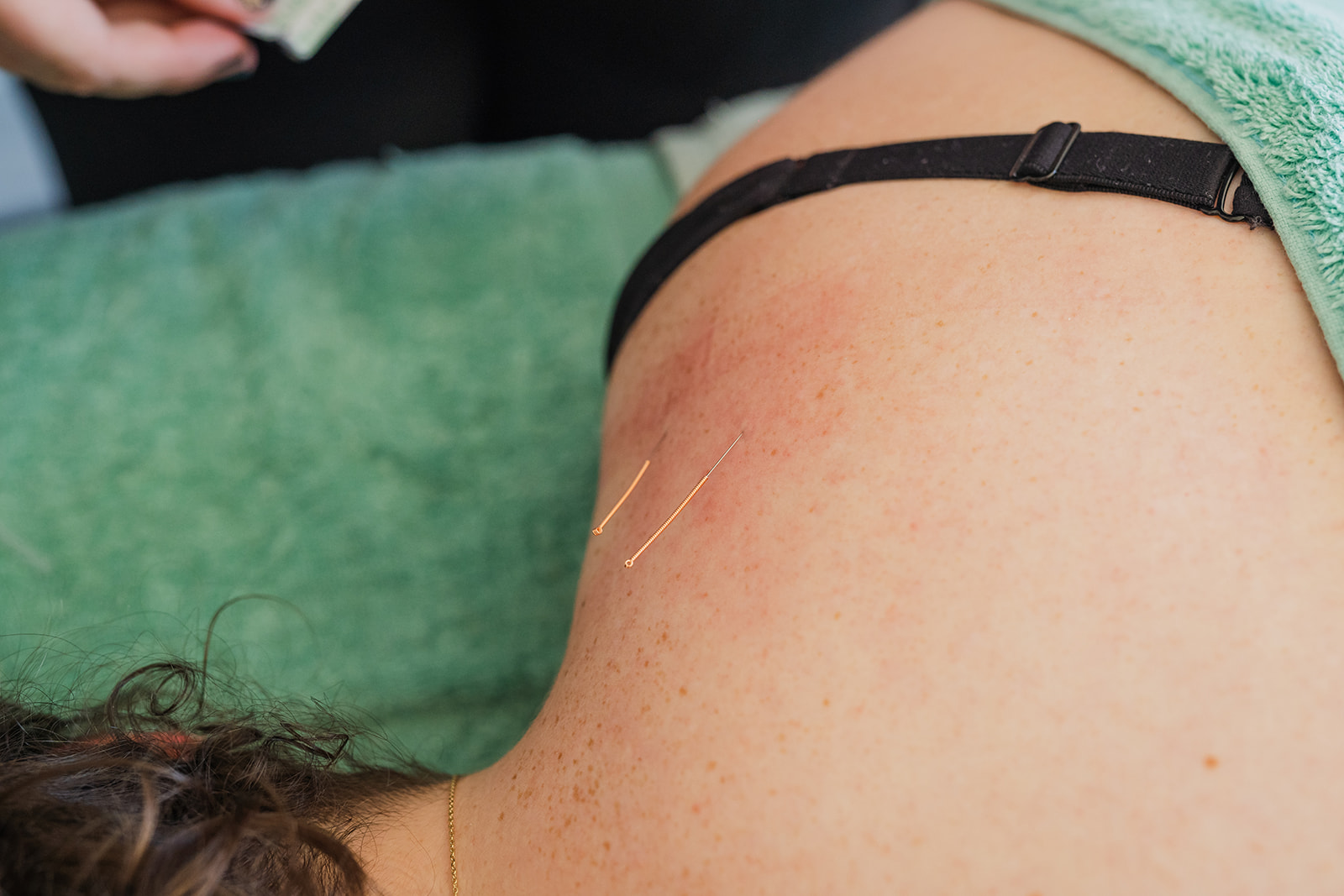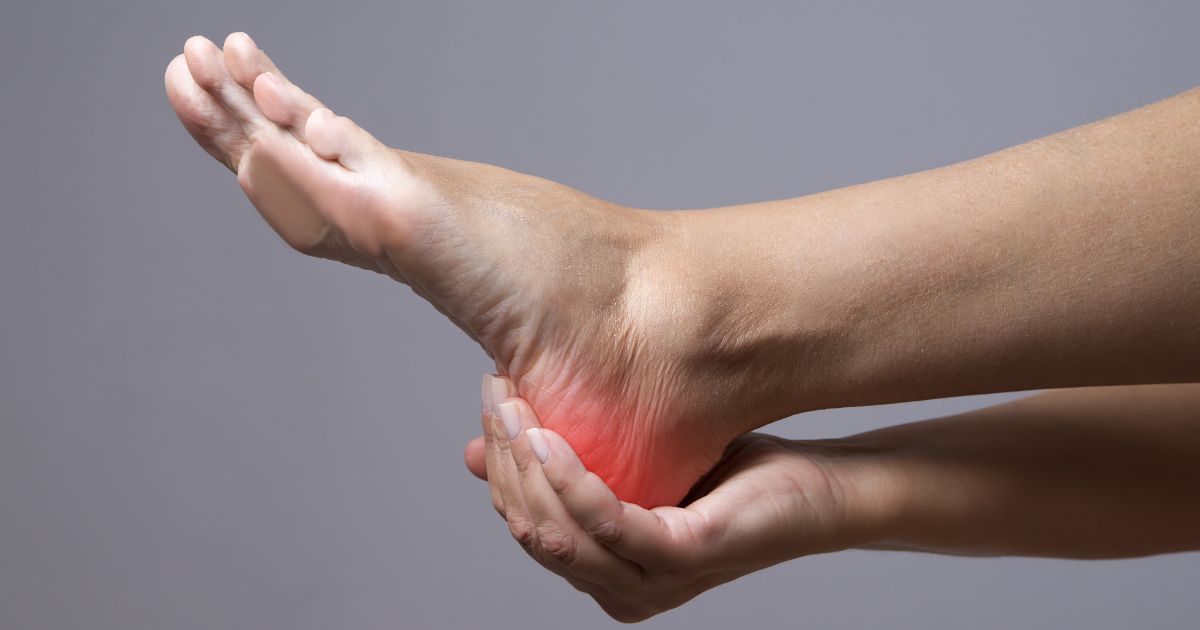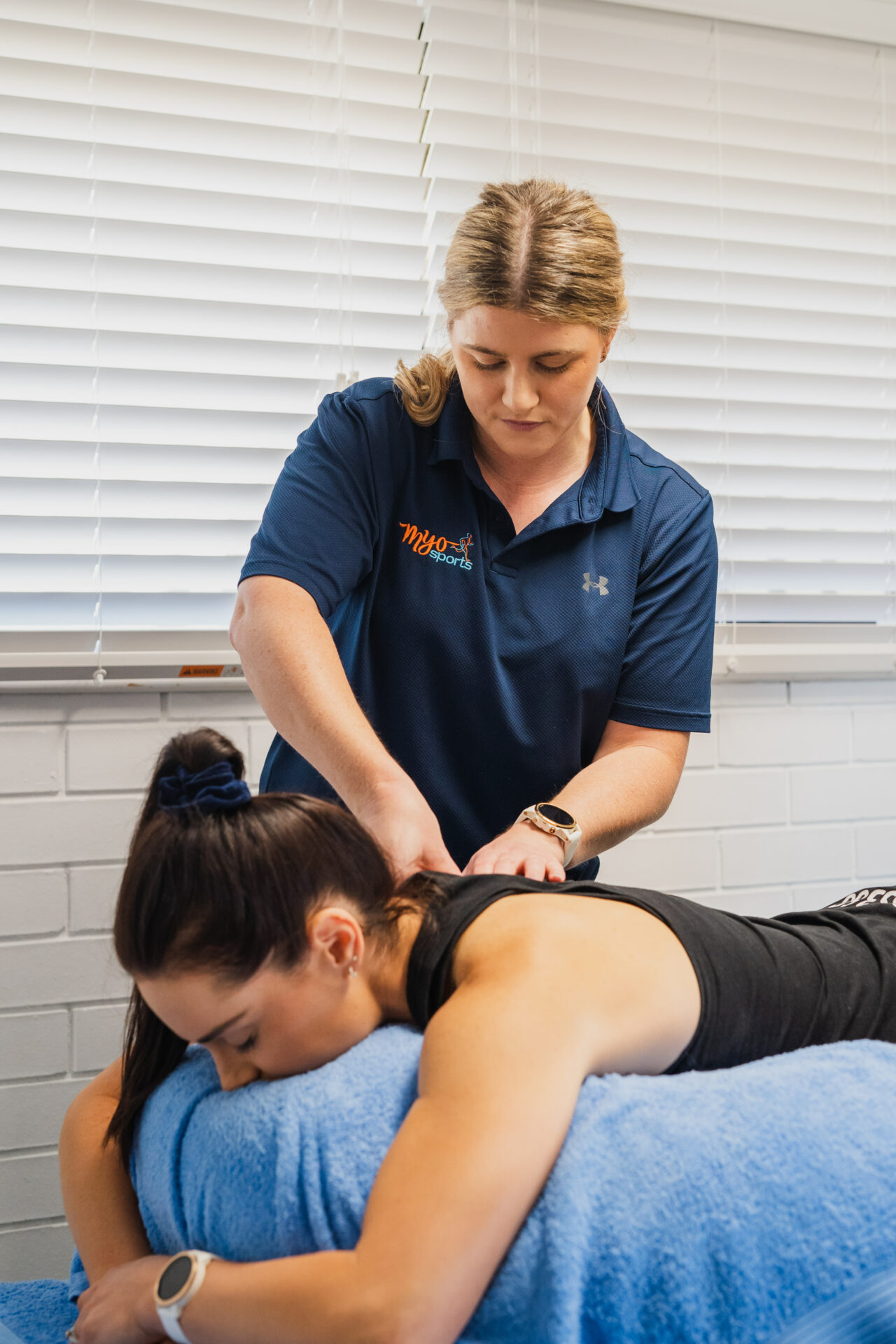Difference Between
Dry Needling and Acupuncture
There is often a lot of questions and
confusion about the differences between dry needling and acupuncture. Dry
needling is an evidence-based technique applied by physical therapists that
releases myofascial trigger points and muscular tightness. Dry needling is
similar regarding the needle is inserted into the skin to alleviate pain.
However, acupuncture treats for the purpose of altering the flow of Qi (Energy)
along traditional Chinese meridians. Physical therapists use dry needling with
the purposes of addressing neuromuscular conditions, the relief of pain/
muscular tightness, and improving range of motion.
What is a
myofascial trigger point?
A myofascial trigger point also known
as a knot within the muscle is a bundle of muscle fibres that have shortened
when activated but have not been able to lengthen back to a relaxed state after
use. (Simons, Travell & Simons, 1999).
What causes these
myofascial trigger points?
Injury (muscles will tighten
attempting to reduce severity of injuries)
Unexpected movements of the body
Quick movements
Change in regular exercise routine (an
increase or decrease in regular physical activity)
Sustained postures (extended sitting
for study or work)
Impingement of nerves (muscles will
tighten attempting to protect the nerve)
Stress
Nutritional deficiencies (such as
magnesium)
(Simons, et al., 1999)
How does Dry
needling work?
Single use sterile filament needles
(acupuncture needles) are inserted into the trigger point that causes a
neurological response within the muscle fibres. This reaction allows the muscle
to release and relax which helps reduce pain and encouraging and improving the
recovery process.
Dry needling can
help treat:
Headaches in relation to muscular
tension
Tendinopathy including hamstring
tendinopathy, Achilles, or tennis elbow
Sciatica and gluteal pain
General muscular tightness/tension
Lower back pain
Neck pain
Post-surgery
Sporting injuries
